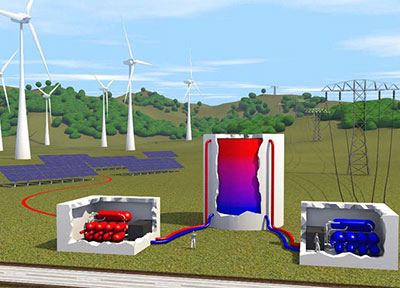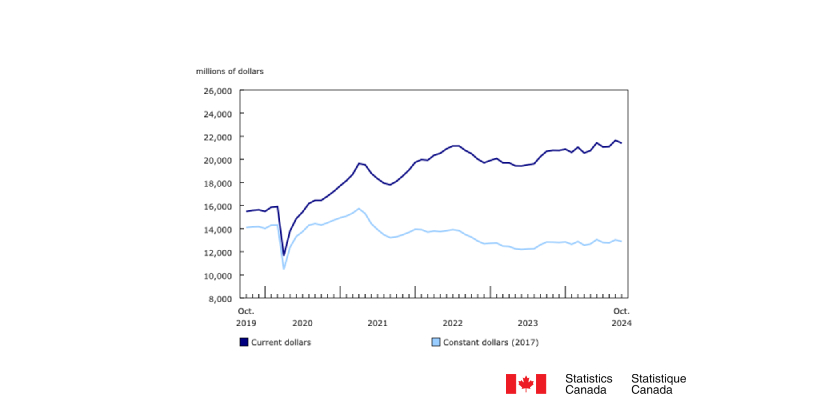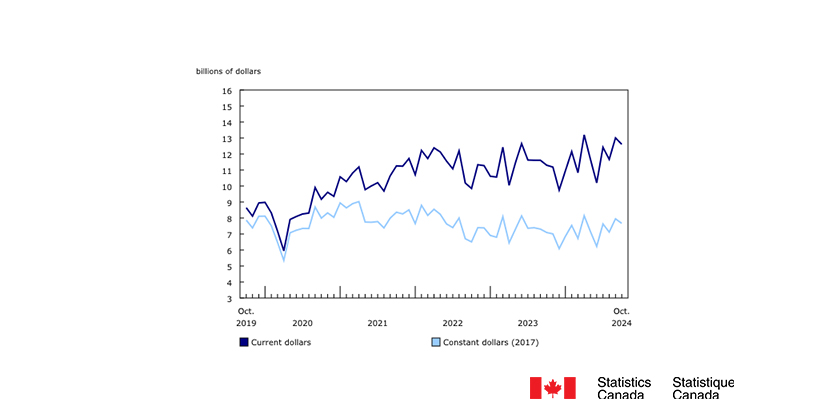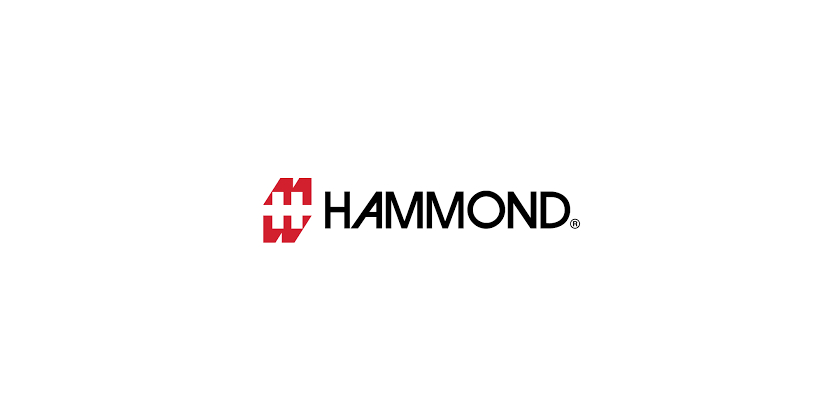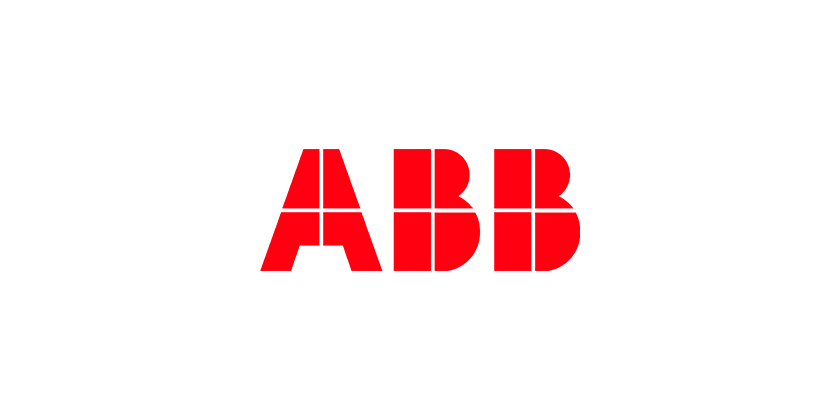UL Code Link
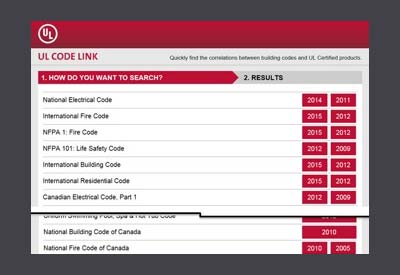
Pierre McDonald
Electrical designers and engineers spend a lot of time scanning manufacturers’ catalogues and other data to specify electrical equipment they require to ensure an appropriate design. In some cases this process can take several hours or days and does not always end in results that meet all the requirements, including appropriate certification for Canada.
First and foremost, a design must meet the requirements of the code in place, be it the National Building Code of Canada, the National Fire Code of Canada or the Canadian Electrical Code (CE Code). In accordance with those codes (and legislation), all equipment installed must be certified and bear the appropriate certification mark acceptable for Canada. UL has correlated the above Canadian codes with its product listings from the UL/ULC On-line Certifications Directory to create a searchable environment whereby users can search UL’s directories based on code references.
UL “Code Link” helps you easily locate UL certification information needed to achieve safe, sustainable code complaint installations. This search engine allows you to search, validate, or confirm a wide range of UL/ULC certified construction materials, equipment and fire-resistance rated assemblies and systems.
UL Code Link can be accessed by searching “UL Code Link” through Google or other internet search engines, or by simply using the following URL; http://codelink.ul.com/. When you first enter Code Link, you will notice that there are actually 20 installation codes that can be searched. Scroll down to find the appropriate codes for Canada.

UL Code Link: sample searches
Rule 26-400 of the Canadian Electrical Code mandates that panelboards be installed in every dwelling unit except for those in hotels and motels. By selecting the 2012 edition CE Code tab, entering 26-400 in the Code Section Number box and selecting search, the UL, product category and code “Panelboards Certified for Canada, QEUY7” appears. By selecting this link, Code Link users can then access the product category guide Information as well as the product listings that will bear the UL mark for Canada accepted by every Provincial and Territorial jurisdiction in Canada. The 2015 edition CE Code will soon be added to Code Link.
Rule 18-150 is the CE Code rule for Equipment in Class 1, Zone 2 Locations. A quick search in Code Link for this rule results in 51 UL product category and codes for Canada, from the general category “Equipment for Use in and Relating to Class I, II and III, Division 1 and 2 Hazardous Locations Certified for Canada, AAIZ7” to the last category “Motors, Specialty for Use in Hazardous Locations Certified for Canada, PUCJ7.” Again, each category can be further selected to access the product category guide information and the product listings.
Section 3.1.8.7 of the 2010 edition of the National Building Code of Canada mandates that fire dampers be installed. Searching this code reference will result in three product category and codes for Canada:
• the UL Category for Canada, “Dampers for Fire Barrier and Smoke Applications Certified for Canada, EMME7”
• two ULC categories, “Dampers, EMMEC” and “Fire Dampers, EMNOC”.
Of course, all three can be further explored for product listings and guide information.
The 2010 National Fire Code Canada search for Fire Extinguishers 6.2.1.1 will result in six results:
• Antifreeze Solution Extinguishers, FWTXC
• Carbon Dioxide Extinguishers, FXHVC
• Halogenated Agent Extinguishers, GAOMC
• Dry Chemical Extinguishers, Hand and Wheeled, GBARC
• Foam Extinguishers, Expellant Gas Operated, GJZTC
• Fire Extinguisher Service Agencies, GLOQC
UL Code Link is an obvious tool to assist engineers, designers, spec writers, installers, contractors and the authorities having jurisdictions. UL Code Link helps you easily find, specify and verify UL certification information needed to achieve safe, sustainable code complaint installations.
For further information or any questions associated with Code link or with UL/ULC Listings, contact ULC Regulatory Affairs, Pierre McDonald at Toll-Free: 800-595-9844, (press 1, then 4) or by email at Pierre.McDonald@ul.com.
Pierre McDonald, CET, is Senior Regulatory Affairs Representative/Répresentant Principal, Affaires Réglementaires, Underwriters Laboratories of Canada Inc. Based in St. Albert, AB, Pierre has been a member of the Canadian Electrical Code Part 1 technical committee as well as several subcommittees including serving as Chair of Sections 6 and 76 and as a member representing regulators on several other CSA committees. Pierre is still active with code development and interpretation.
Other articles by Pierre McDonald:
2015 CE Code: Changes on “Approved Electrical Equipment”
Section 62: Fixed Electric Heating Systems
Now Available: CAN/ULC Standard on Electric Utility Workplace Electrical Safety
Establishing When the CE Code Becomes Mandatory
CAN/ULC-S576-14, Standard for Mass Notification System Equipment and Accessories
Canadian CE Code Changes: Section 20 and More
Meeting National Building Code of Canada Requirements
Conductor Ampacities and Their Temperature Rating
Codes and Standards – Provincial Legislation and the Administrative Requirements of the CE Code




